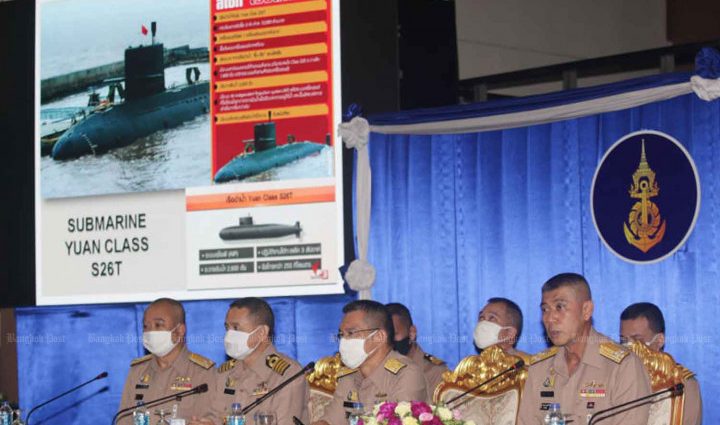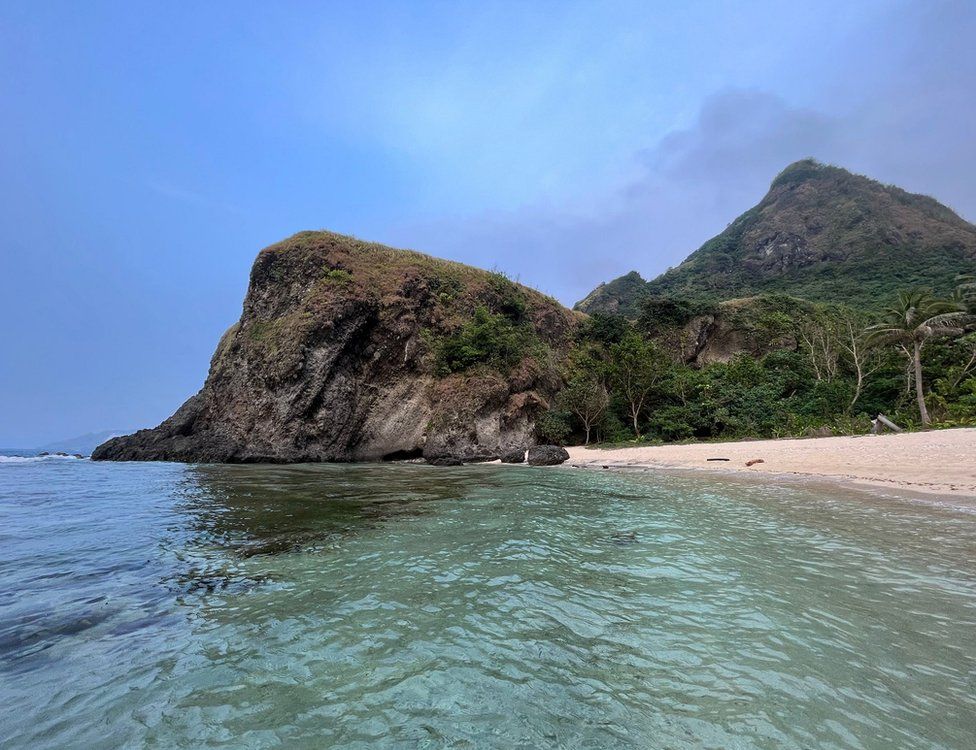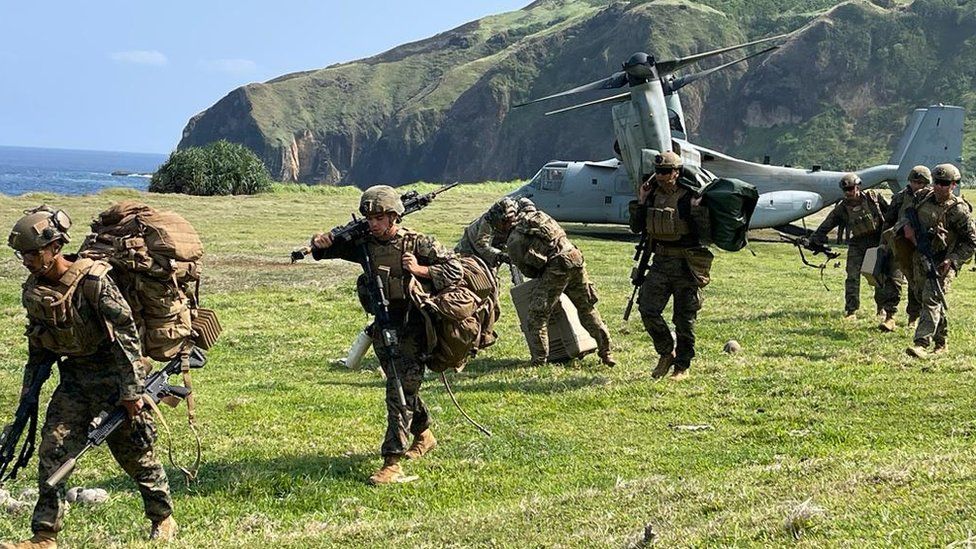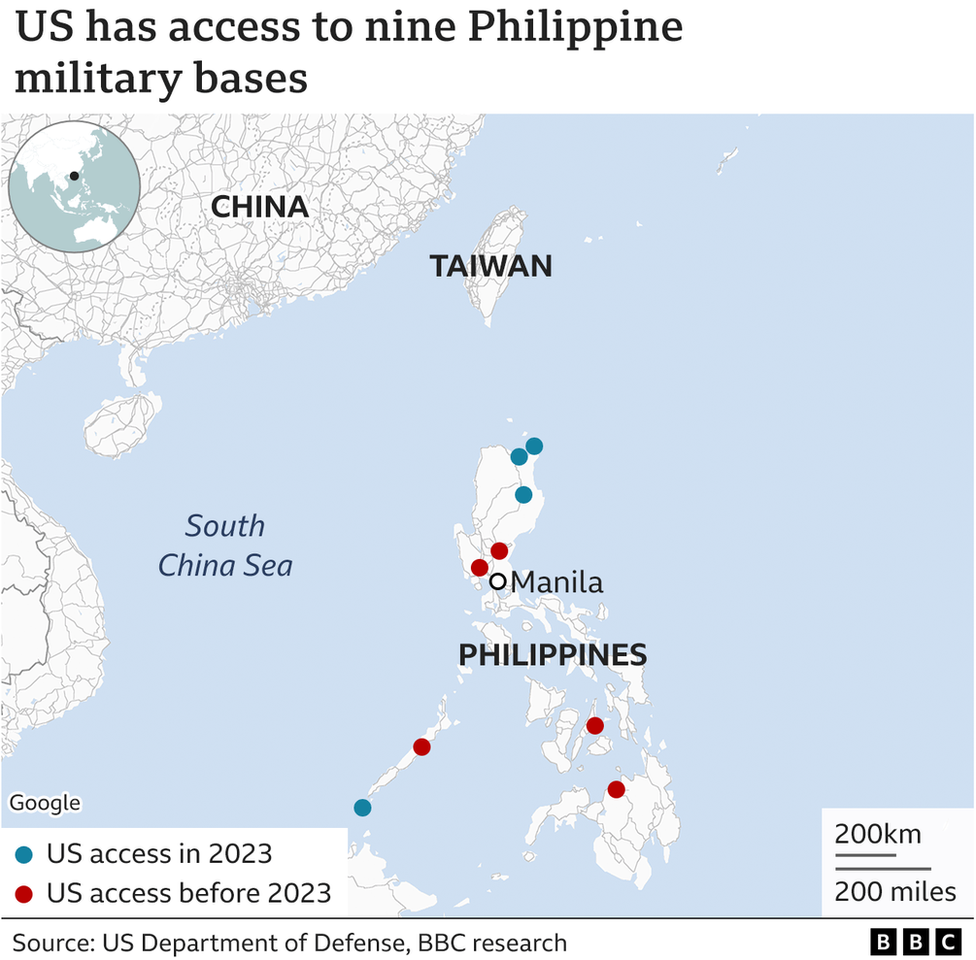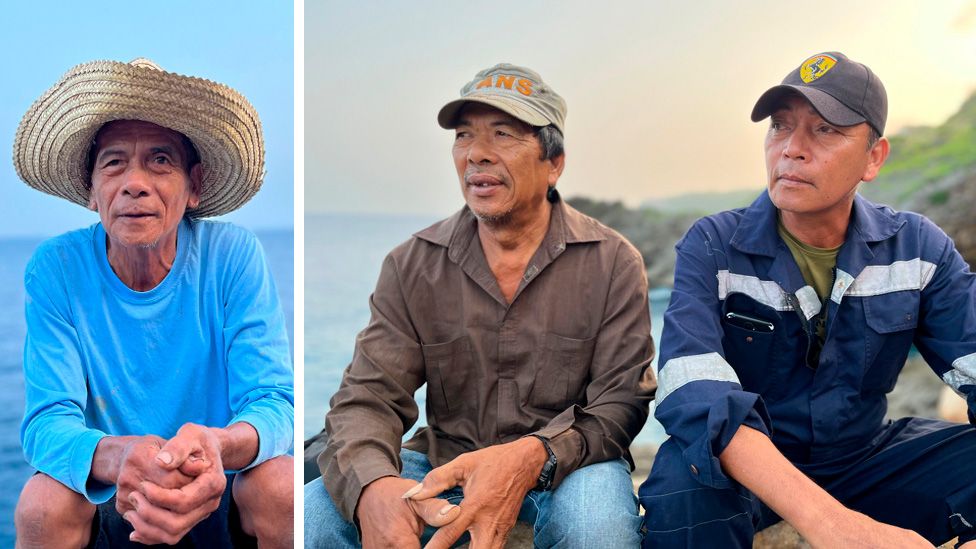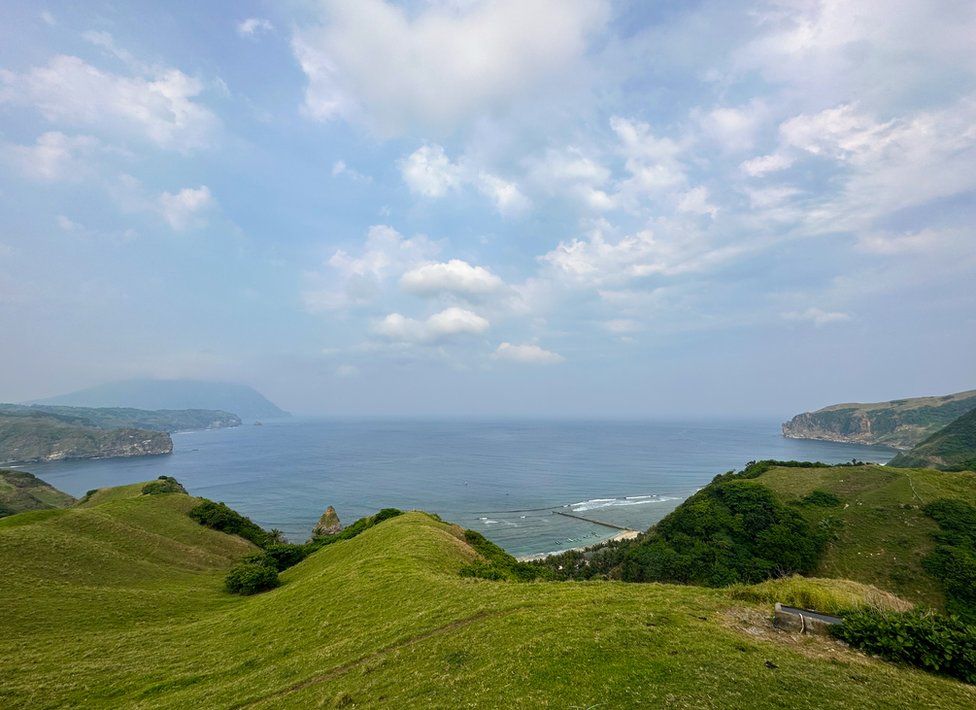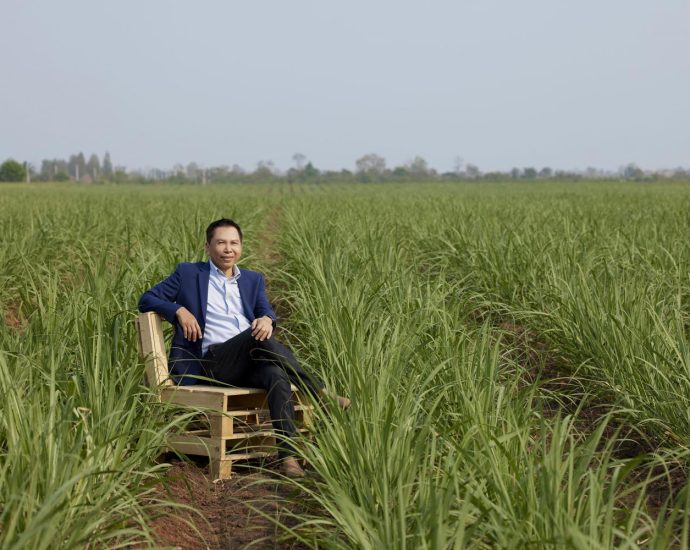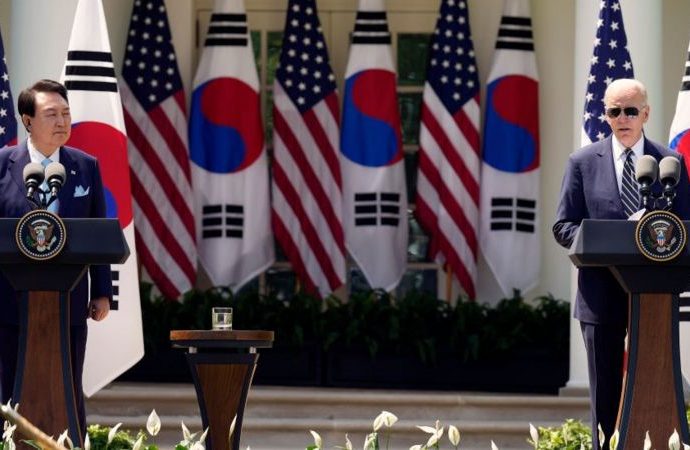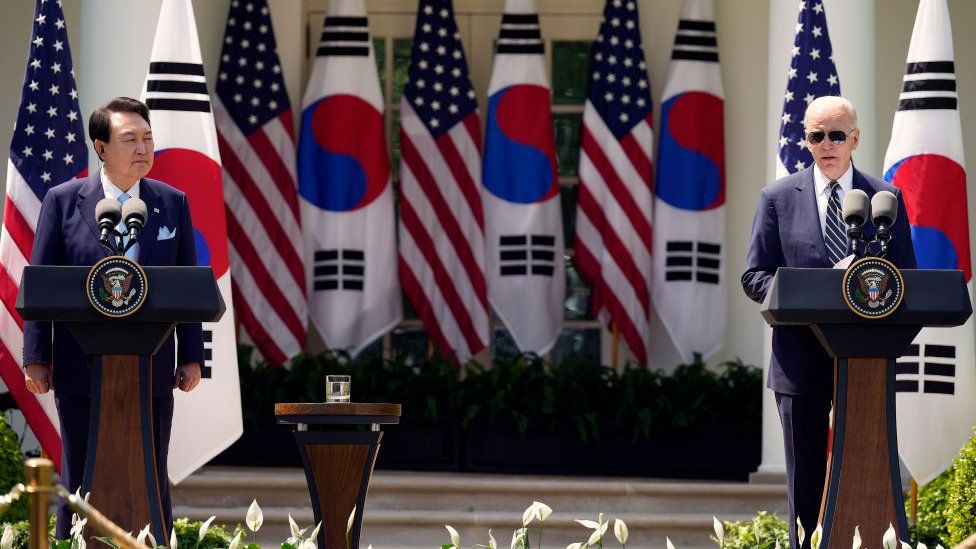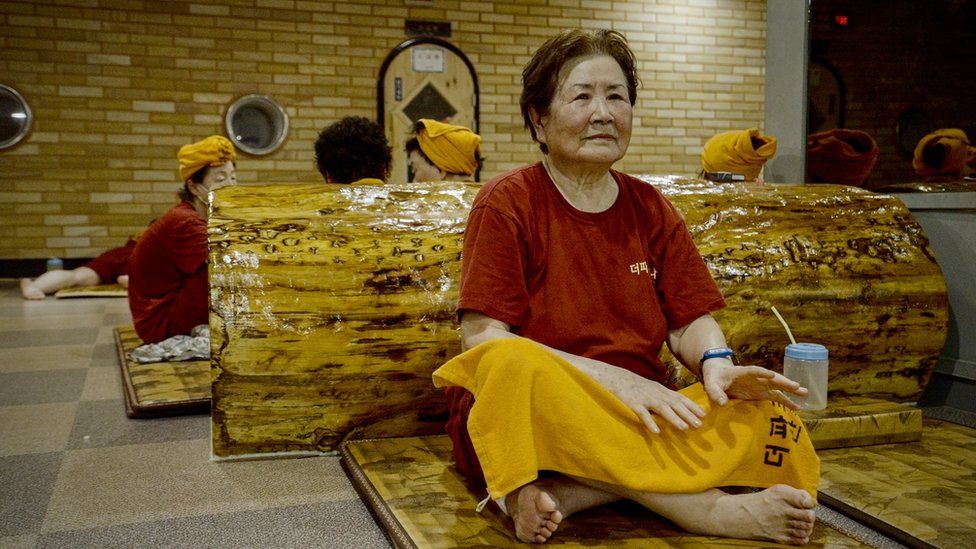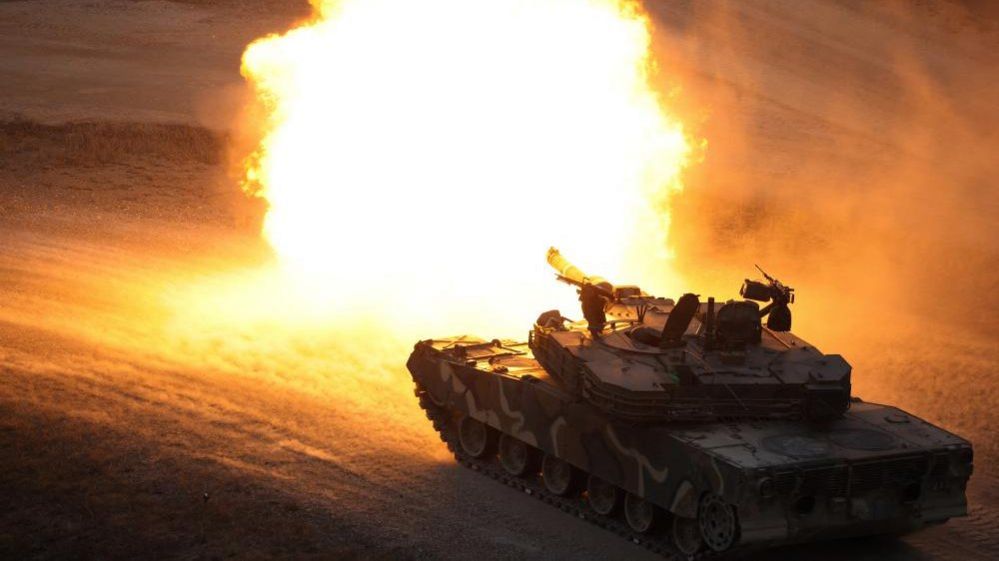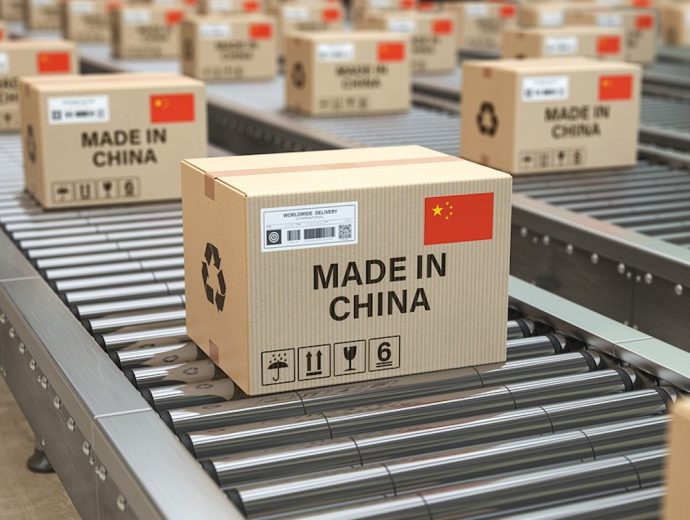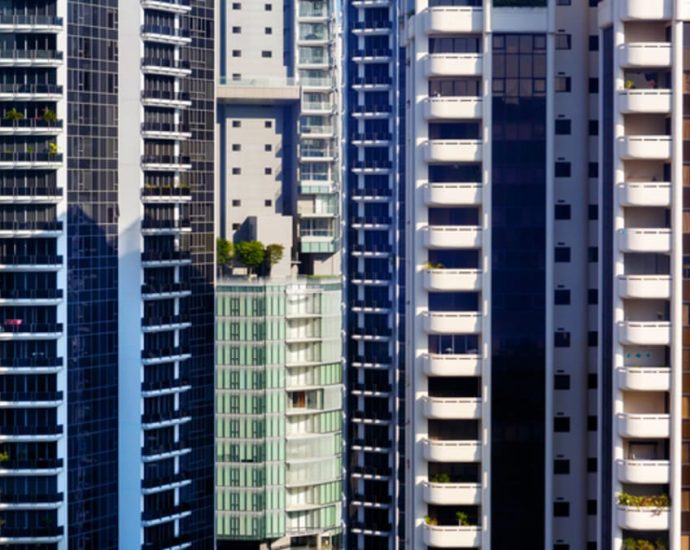China compromises to push submarine engine sale to Thailand
Navy wants engine change assurances
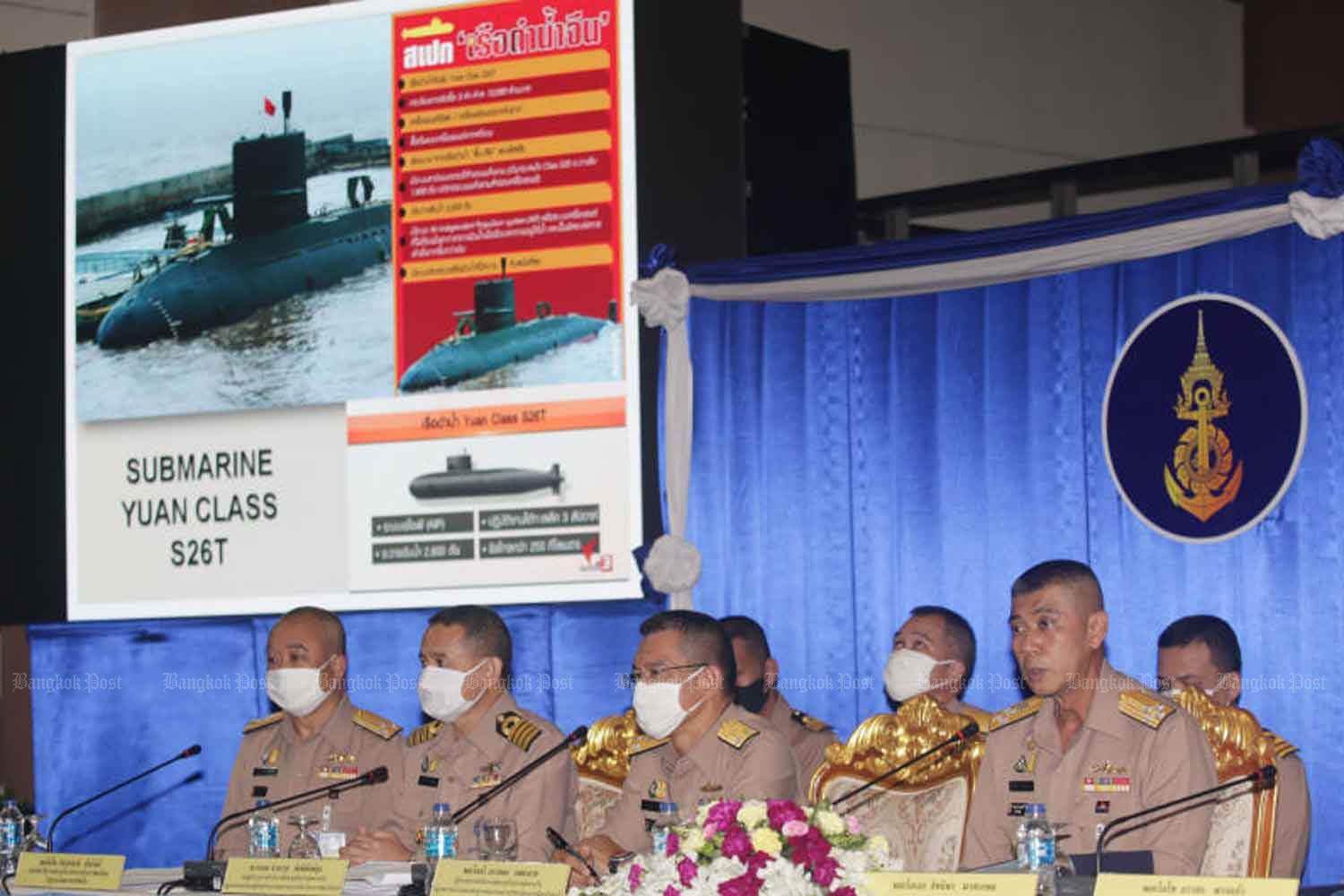
Chinese authorities will accept three conditions regarding warranty, compensation and safety, if the Royal Thai Navy (RTN) chooses a Chinese-made engine as a substitute for a German-made one for a S26T Yuan-class submarine being assembled in China, Navy commander Adm Choengchai Chomchoengpaet says.
Speaking after a meeting with China’s navy chief and defence minister on Tuesday, Adm Choengchai said the Chinese navy has pledged to support the certification of the Chinese-made CHD620 engine built by China Shipbuilding & Offshore International Co (CSOC) as agreed last year.
The CSOC offered the CHD620 after Germany refused to sell its MTU 396 diesel engine to China as it is designated a military/defence item.
That said, the Thai navy came up with three conditions to determine whether it should continue or cancel the contract, he said.
The Chinese navy must certify the CHD620 engine with the Thai navy and assure its safety, as well as provide compensation for any construction delays while waiting for the engine.
Chinese authorities insisted its engine incorporates technology almost similar to the German-made model and has been fitted in many Chinese vessels and aircraft carriers.
If the CHD620 is modified, it can be compatible with Thai and Pakistani submarines or even Chinese submarines in the future, he said.
“They [Chinese authorities] guaranteed the safety of the engine,” said Adm Choengchai.
The navy also discussed with CSOC compensation details regarding the engine’s warranty as well as for any delay in the procurement process and changes to the value of parts. But further details could not be disclosed, he added.
Asked if it was possible the navy could receive a second-hand submarine as compensation, he said it needs to be discussed in further detail and must be approved first by the navy, which might accept the offer to use the CHD620.
The CHD620 engine must be certified by the Chinese navy by June, before further discussions, including compensation, warranty and maintenance, can proceed.
When asked about the length of time it will take to finish the submarine if the navy opts to use the CHD620, he said it may take about three years and four months.
However, the navy chief said the procurement of the second and third submarines may need to be postponed.
Responding to a question about a training programme for Thai sailors after obtaining the first submarine in 2025, he said the Chinese navy chief had pledged to support the training to ensure they can operate it as stipulated by the contract.

